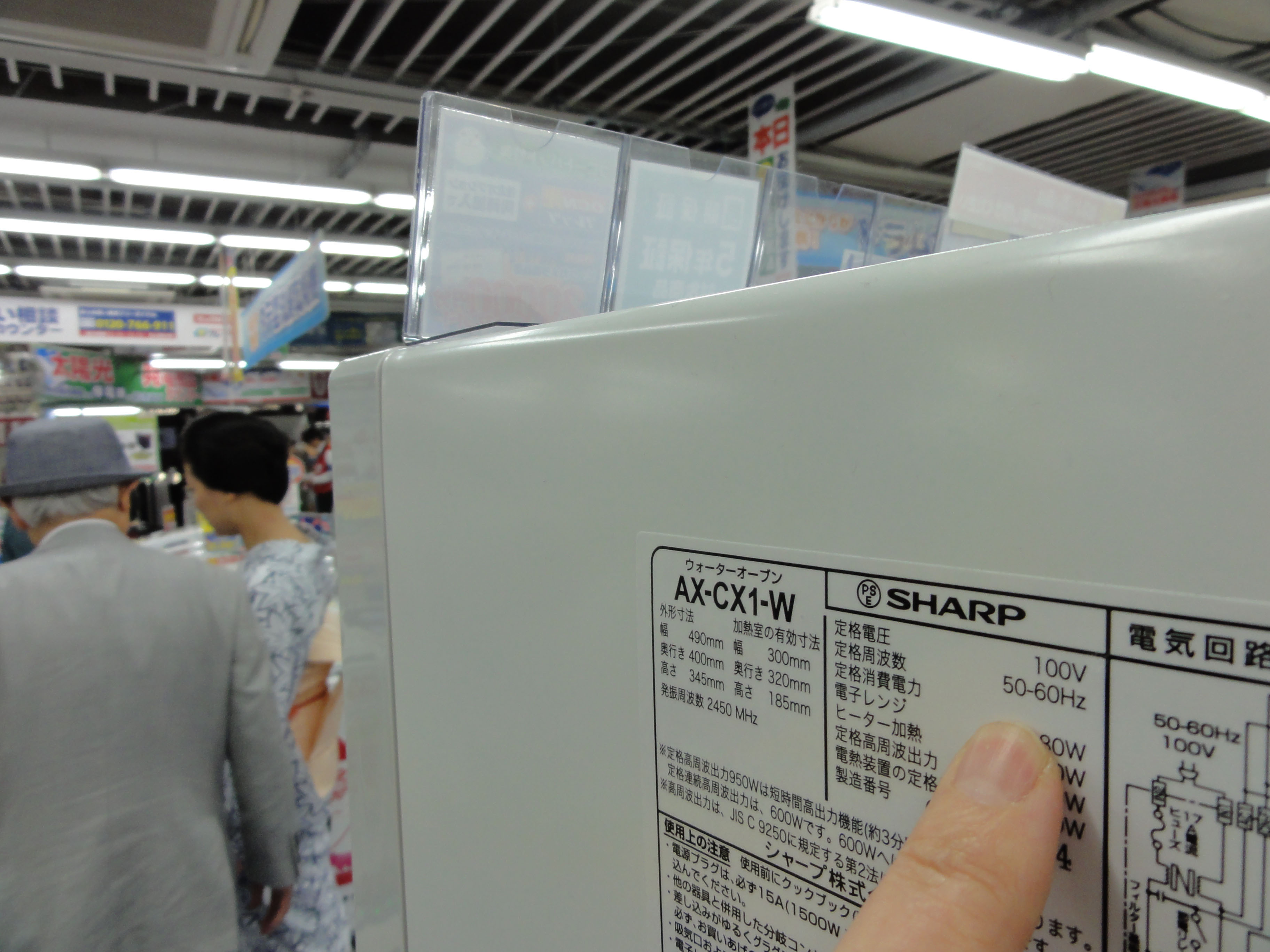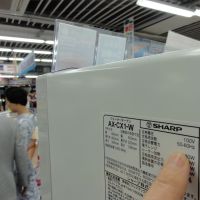Dear Alice,
As Japan sweats through this summer of inadequate power, many more people now know that there are different electrical supply systems in eastern and western Japan, and that the two systems are incompatible. This is such a crazy situation that I'd really be interested to know the history behind it. Can you find out how the heck it came about?
Scott H., Tokyo
Dear Scott,
You're absolutely correct that the March 11 earthquake and tsunami, and the resulting power shortage, have raised awareness of this ... er ... shocking peculiarity in Japan's infrastructure: Japan is the only advanced nation in the world with two separate power grids — one for the northeastern half of the country, which includes Tokyo and disaster-struck Tohoku, and another for Nagoya, Osaka and the rest of the southwest. The two grids operate on different frequencies, making it almost impossible to share electricity if one half suffers a supply problem.
For the benefit of readers who slept through science class, I should explain that power grids generally use alternating current (AC) rather than direct current (DC), because electricity can efficiently be transmitted at high voltage, and if it's AC, it can be easily stepped down for consumer use. An AC electricity supply will oscillate back and forth at a fixed frequency (shūhasū). The standard frequencies for AC are 50 and 60 Hz, and there's no technical reason to use one frequency over another. In most countries, 50 Hz is the standard; South Korea and most of the Americas, including the United States and Canada, use 60 Hz.
To get back to your question, Japan's bifurcated power system is a holdover from the 19th century, when early power ventures were small in scale and highly localized. In Tokyo, entrepreneurs who were already providing electric lighting in a limited area, using direct current, decided to expand their business by importing high-voltage alternating-current generators from Germany. The German equipment, purchased from the company that became AEG, worked on a frequency of 50 Hz. Meanwhile, the local power providers in Osaka brought in 60 Hz generators from the United States, supplied by the predecessor of General Electric Company. Surely no one was thinking about compatibility: Who then could have imagined that electric systems some 500 km apart might ever connect?
But the grids grew, with 60-Hz power generation emanating from Osaka and 50 Hz electricity spreading out from Tokyo, until eventually the entire country was wired. The frequency frontier is delineated by the Fujigawa River in Shizuoka Prefecture and the southern prefectural border of Niigata. All electricity east of the rivers is 50 Hz, while that to the west is 60 Hz.
It used to be that certain appliances, including microwave ovens, electric clocks and some washing machines, couldn't be used if you moved from, say, Tokyo to Nagoya, but that problem has largely been eliminated now that most appliances are made to work on either frequency. Compatibility information is posted on a permanent label on appliances, like the one shown in the photo accompanying today's column. It's usually on the back or side. On refrigerators, it should be on the inside of a door. If you see "50-60 Hz," the appliance can be used safely anywhere in Japan.
There has been discussion over the years about unifying the country on a single frequency, including in 1939 and 1945, but it's always been dismissed as too costly. The issue came into the public eye again in March, when the Tohoku disaster knocked out roughly a third of the east's capacity, and people couldn't understand why excess power in the west couldn't simply be sent over to the east. It could have, if the country had a common frequency.
Even so, no one in government or industry is seriously trying to revive the idea of a unified national frequency, according to Hiromi Higurashi, an editorial writer at The Denki Shimbun (Electric Daily News), a trade paper that has covered Japan's electric industry since 1907. "It's seen as too expensive and too difficult," he told me in an interview in early July. "Just deciding which frequency to adopt would be a political nightmare," he declared, touching on the longstanding commercial and cultural rivalry between Tokyo and Osaka. "Do you make Osaka and all of western Japan change their system to be the same as Tokyo? Do you force Tokyo and all of eastern Japan to come into line with Osaka? It's just not going to happen."
Instead, the push is on improving the nation's ability to share power between the grids by adding conversion capacity. Currently, Japan has three shūhasū henkan sōchi (frequency converter stations), two in Shizuoka Prefecture and one in Nagano Prefecture, all located near the border between the grids. Those plants can convert 50 Hz power into 60 Hz power and vice versa, but their combined capacity is about 1 million kilowatts, a fraction of the current shortfall.
In April, the Ministry of Economy, Trade and Industry approved emergency funding for a study, already under way, on how to expand the country's frequency conversation capacity. That study should be completed early next year, according to an official in METI's Agency of Natural Resources and Energy. Meanwhile, Chubu Electric Power Co. is working to triple the capacity of its Higashi Shimizu converter in Shizuoka Prefecture, by December 2014.
For the immediate future, we really do need to do anything and everything we can to conserve electricity. In addition to direct damage to power facilities, approximately 60 percent of the country's nuclear power plants are currently offline for post-quake inspections, which means that the entire country — east and west — is experiencing a serious shortfall in electricity.
"If there's anything good that came out of the Tohoku disaster," Higurashi opined, "it's that the Japanese people are no longer taking electricity for granted. It doesn't just come out of the wall. The more people know about the true cost of electricity, and the challenges of providing a steady supply, the more likely they are to use it responsibly."
For more information on this topic, including Japan-specific tips for saving electricity, check out my blog at alicegordenker.wordpress.com. Puzzled by something you've seen? Ask away to [email protected] or A&E Dept., The Japan Times, 5-4, Shibaura 4-chome, Minato-ku, Tokyo 108-8071.



















With your current subscription plan you can comment on stories. However, before writing your first comment, please create a display name in the Profile section of your subscriber account page.